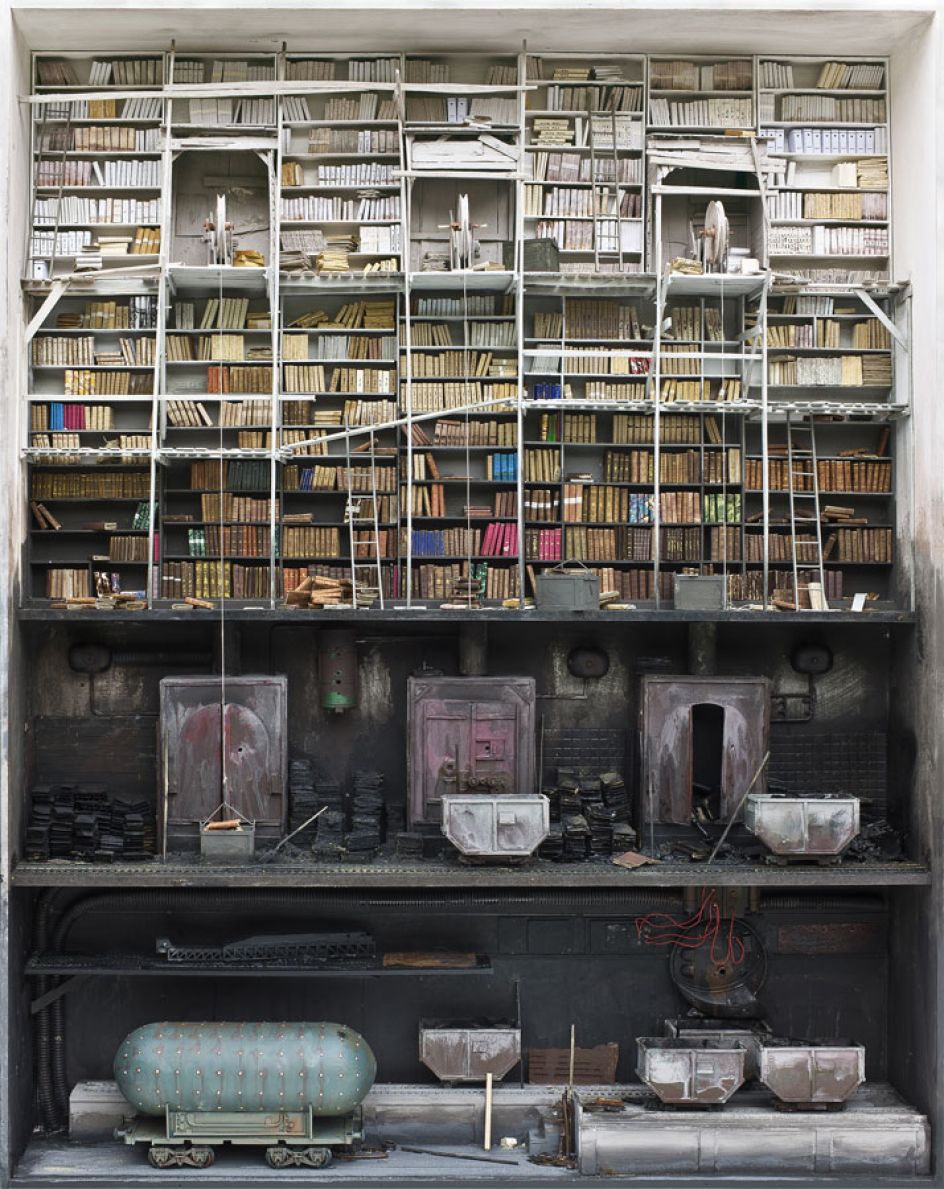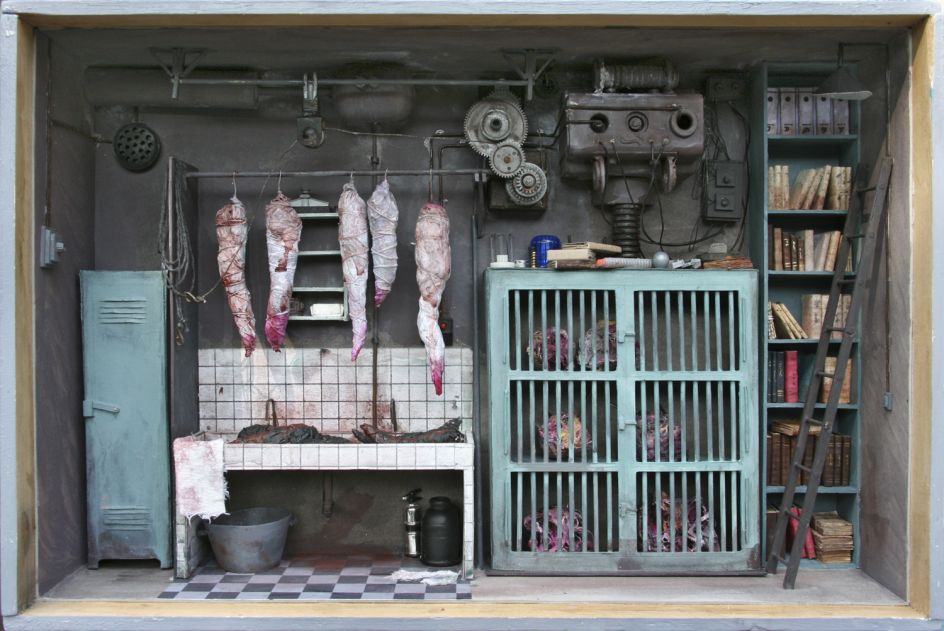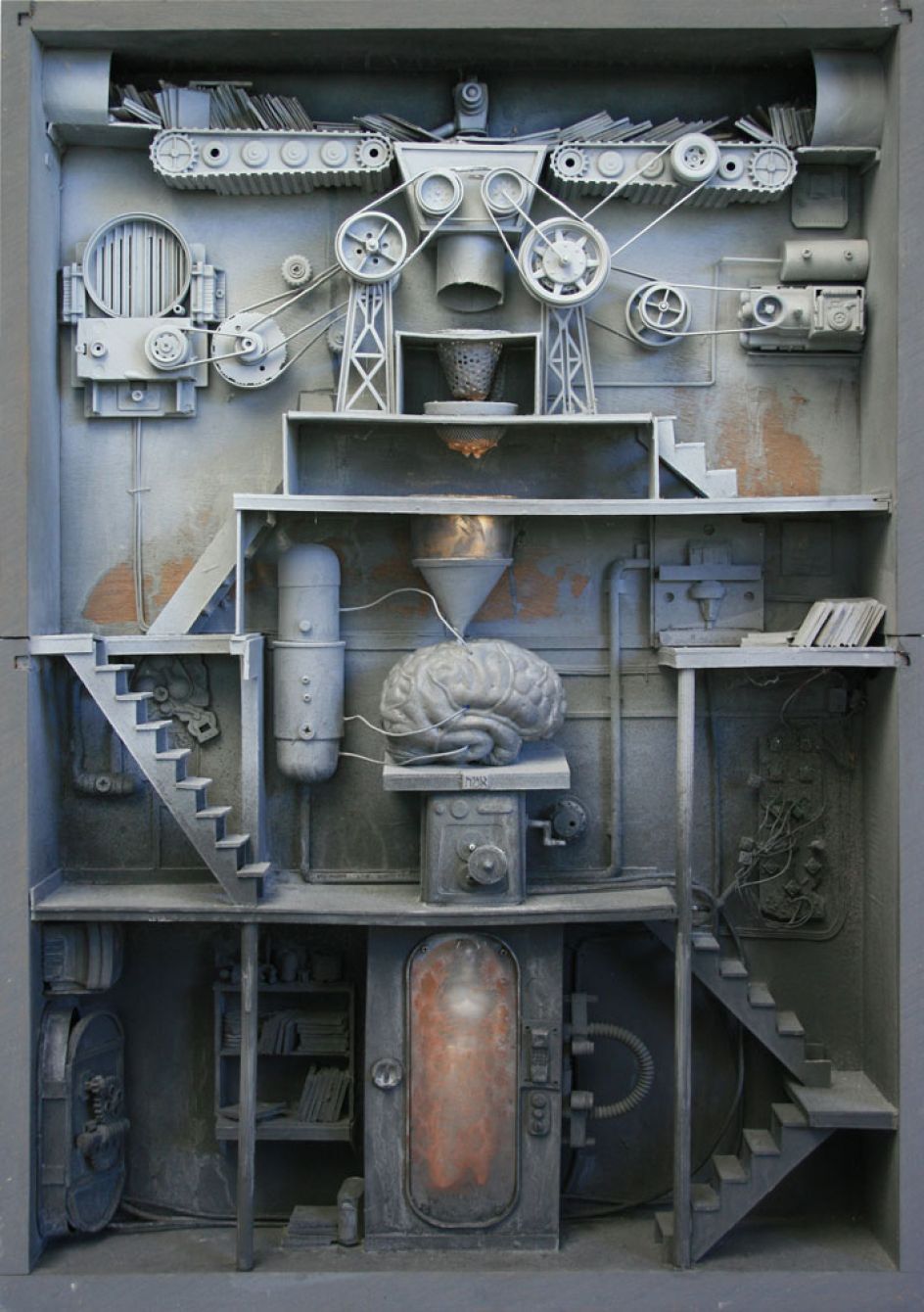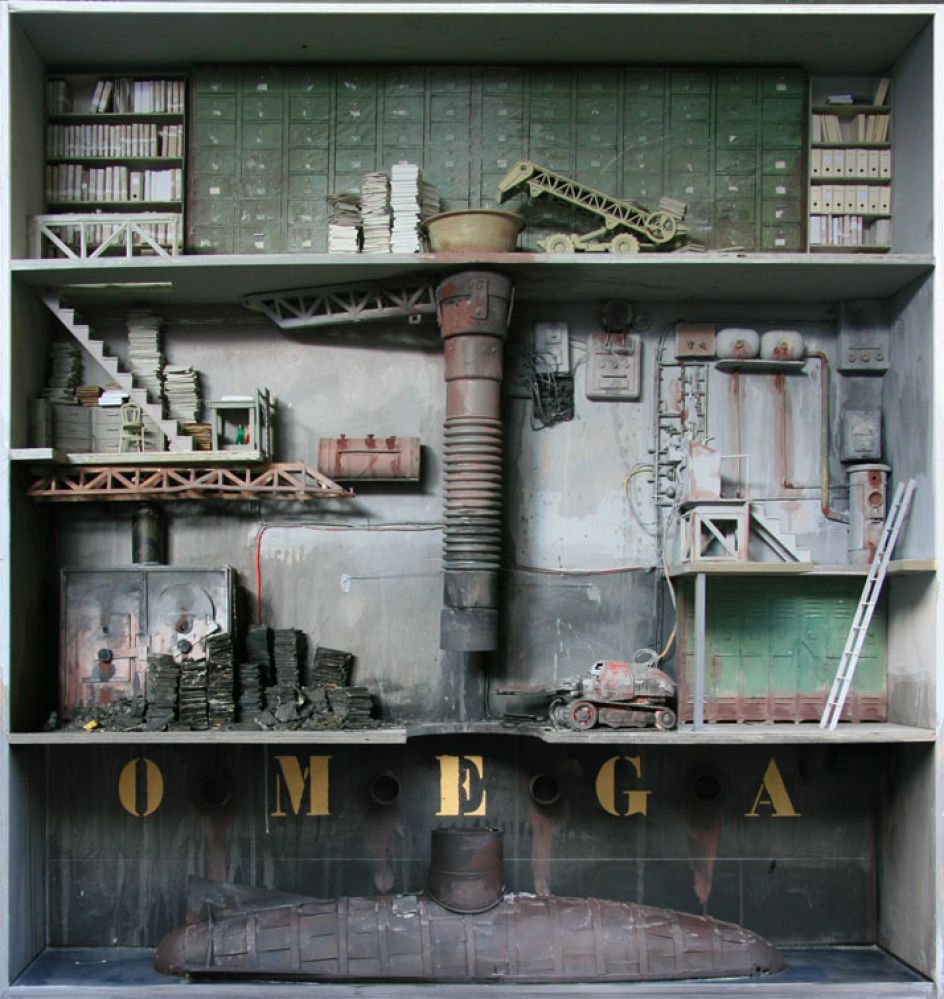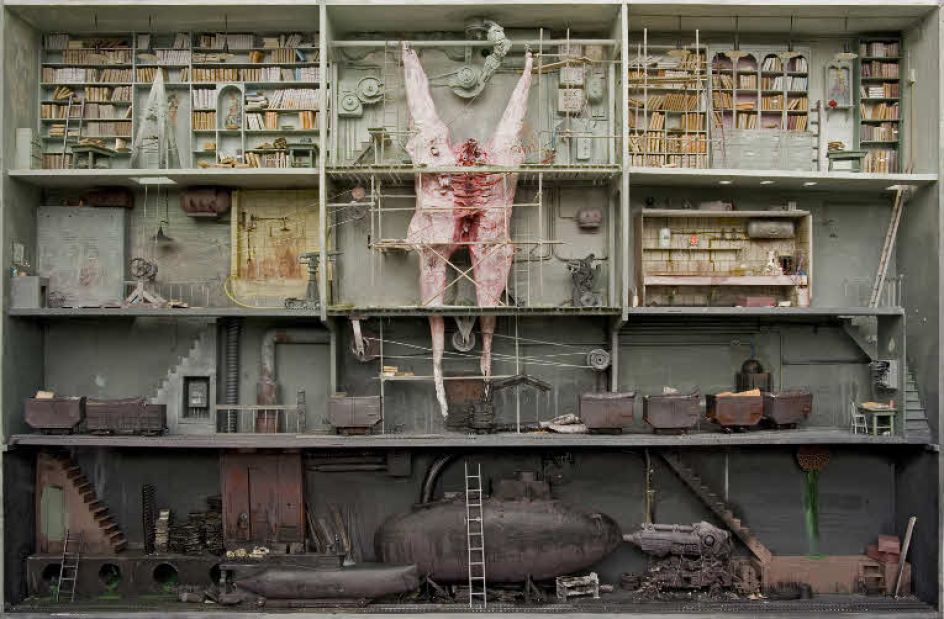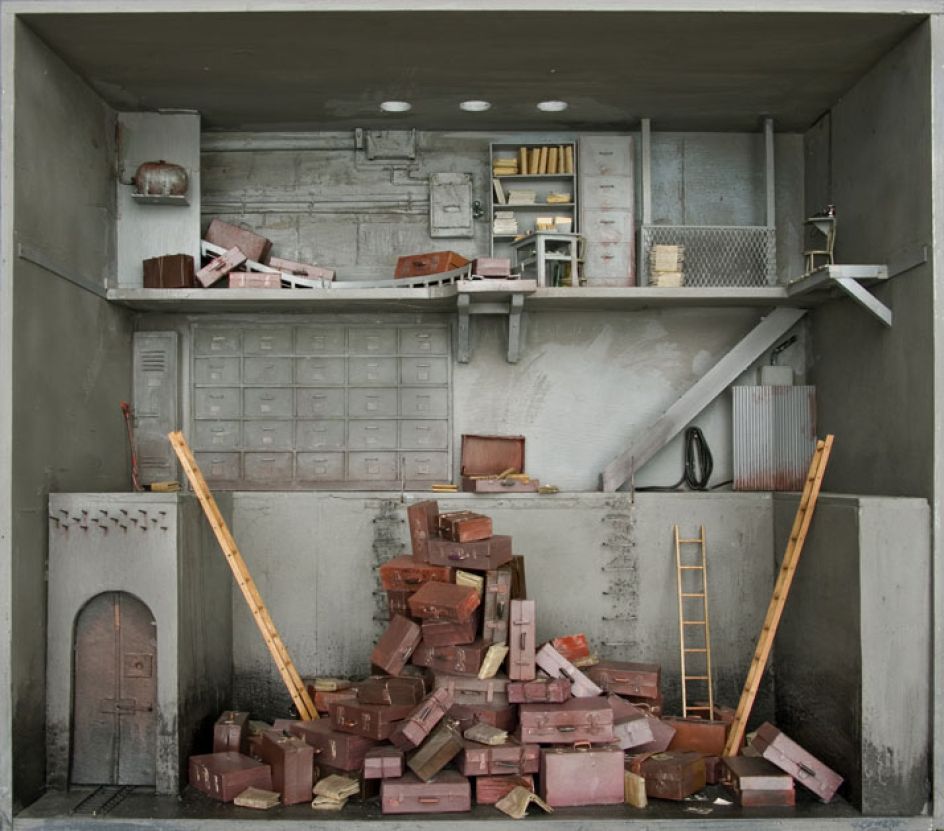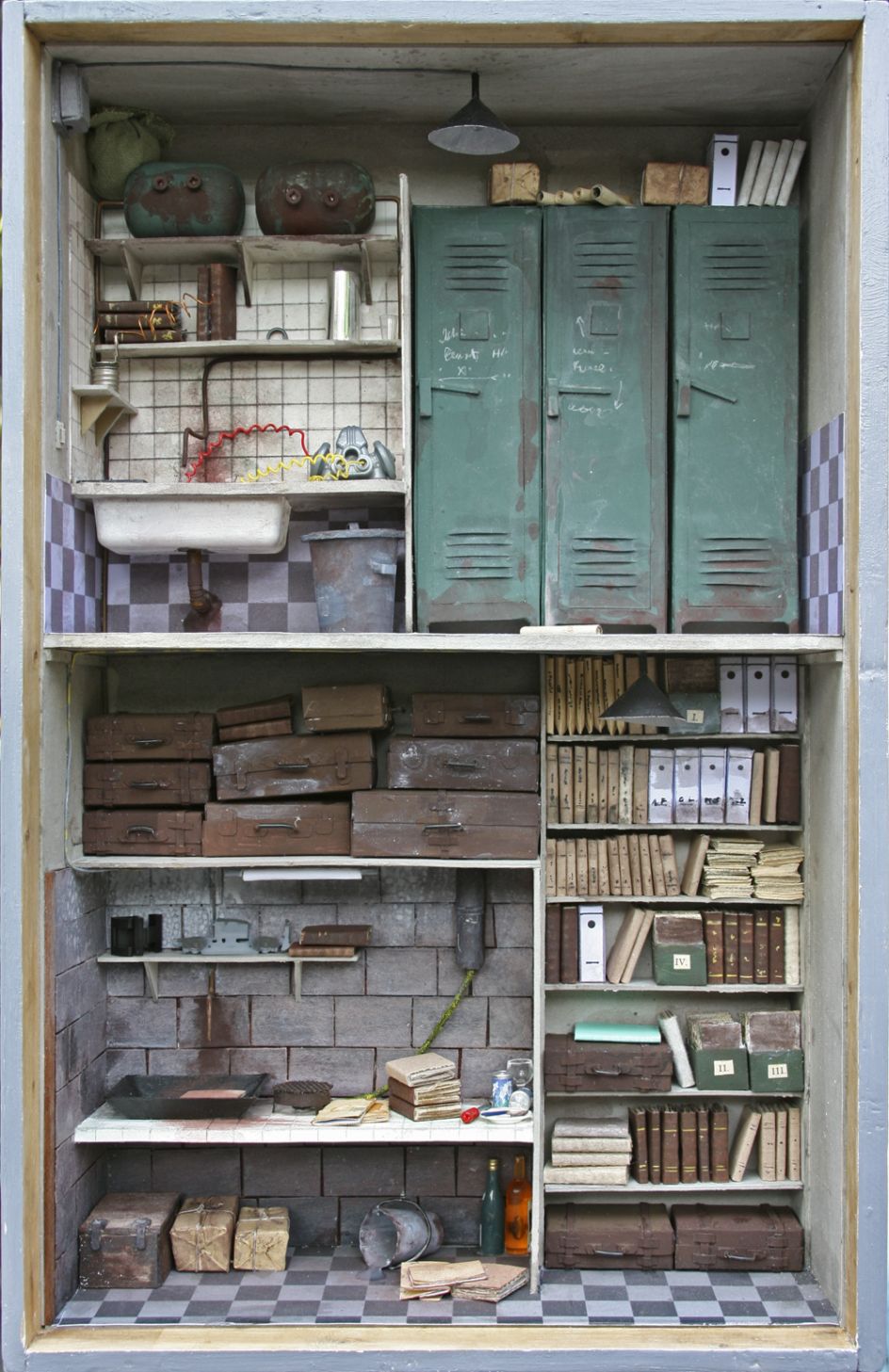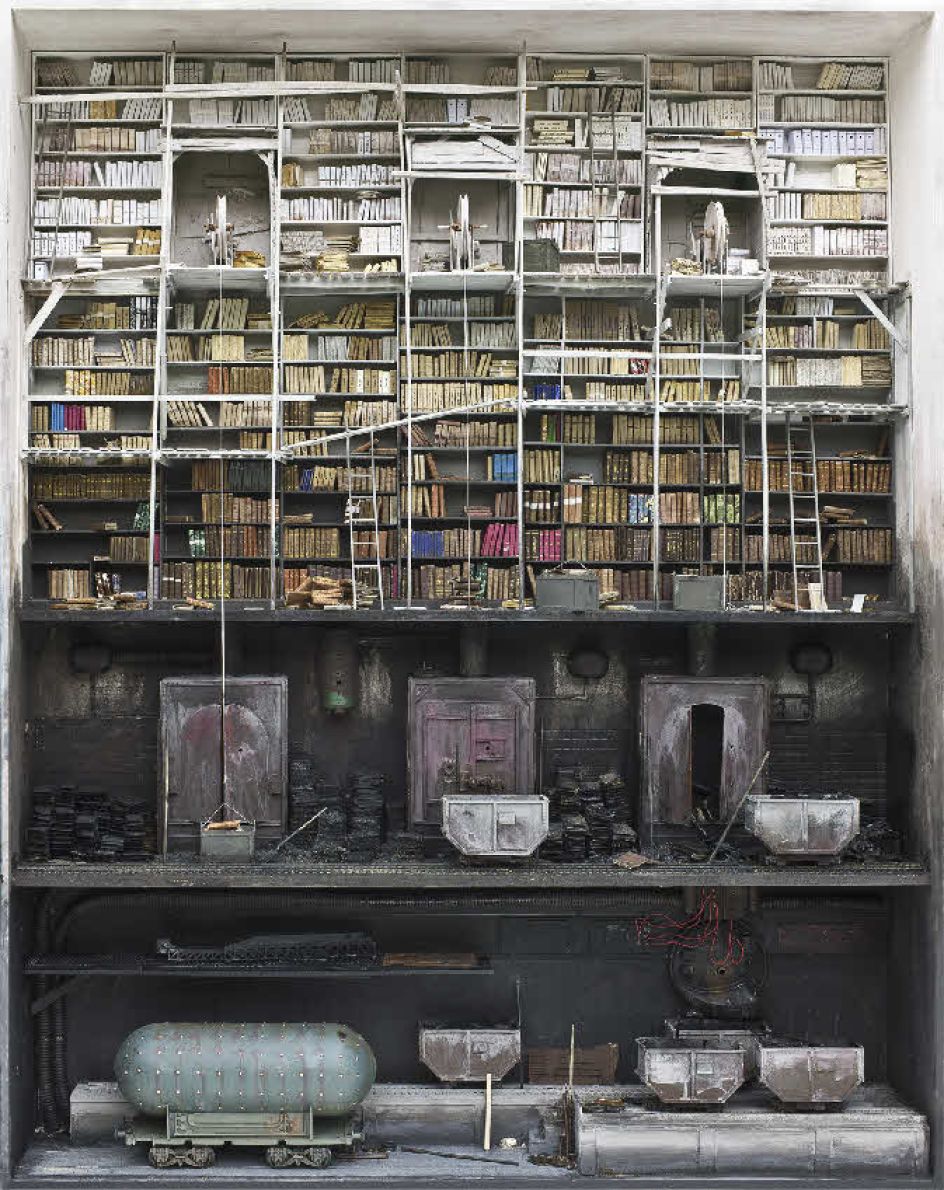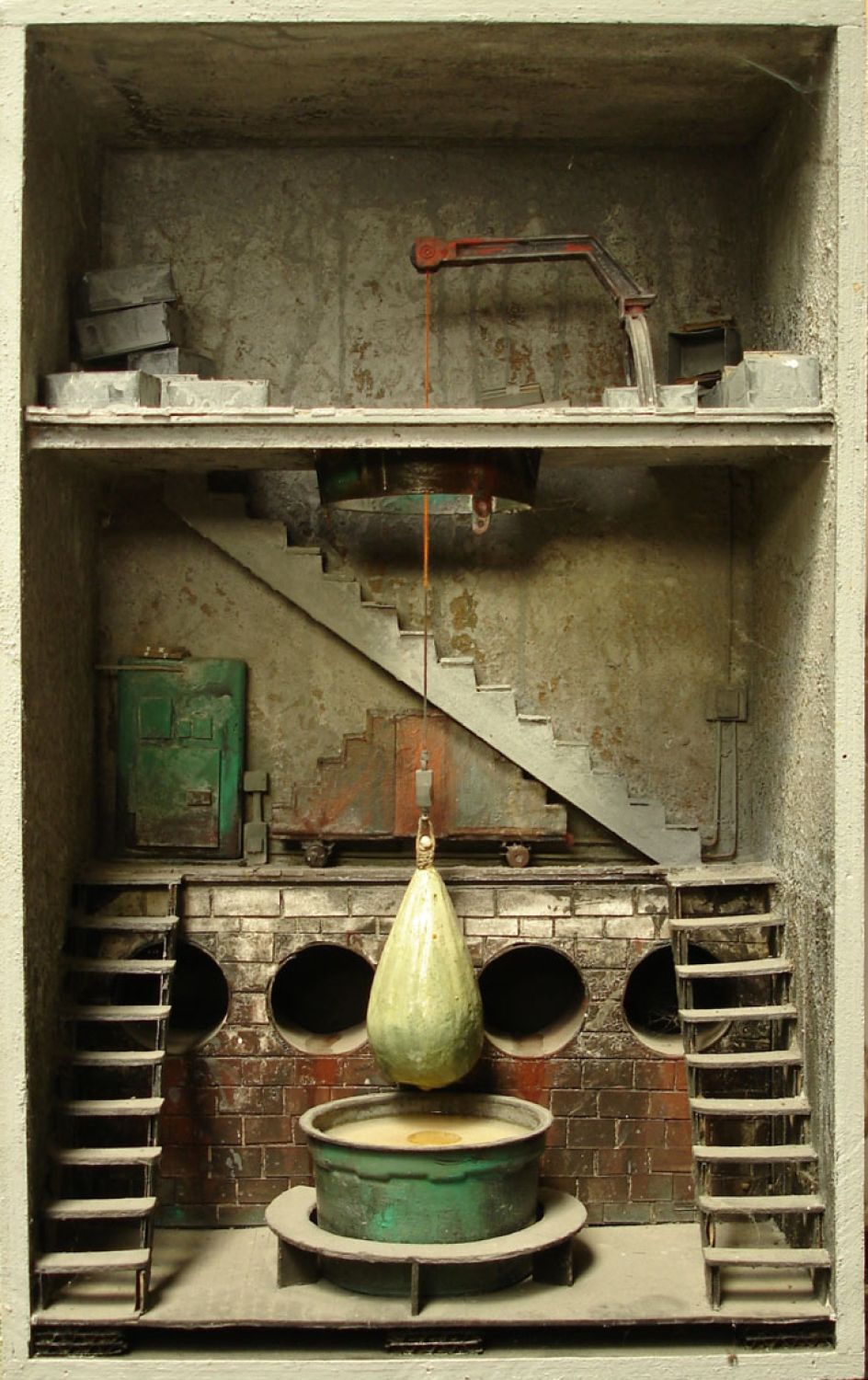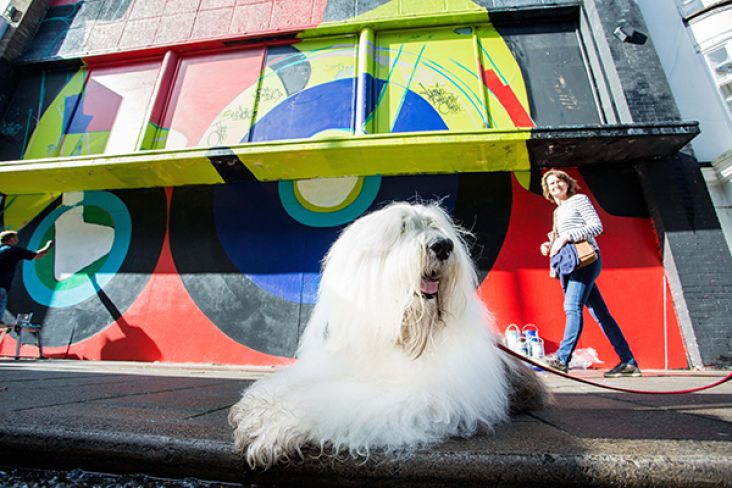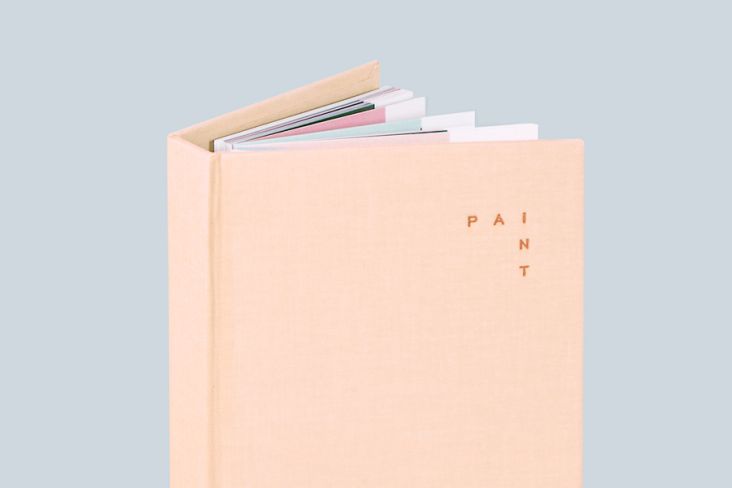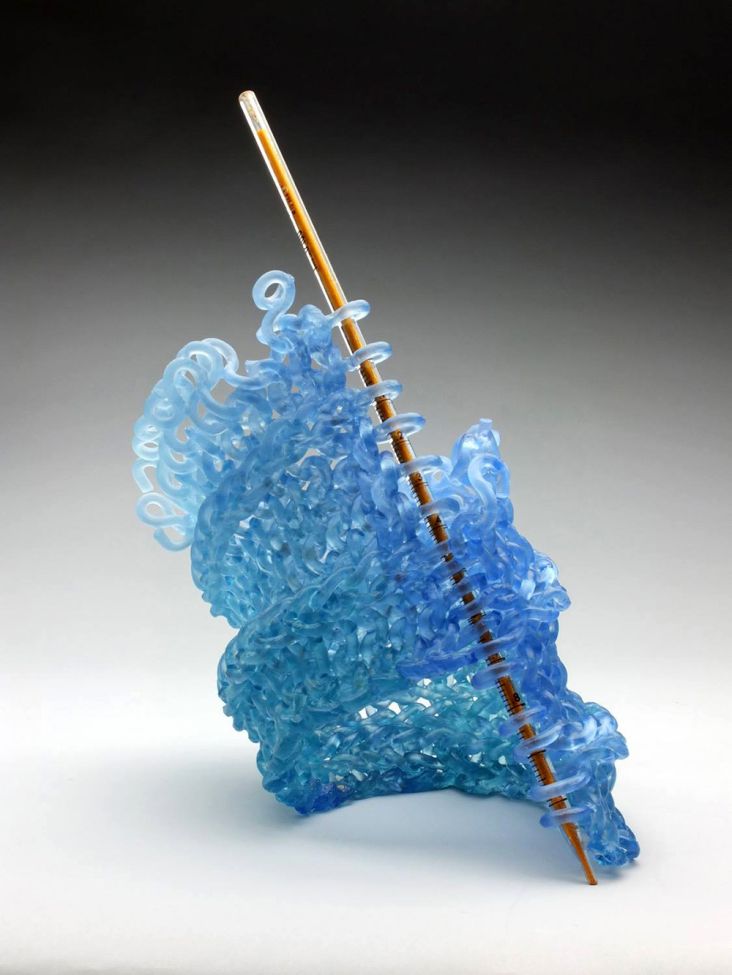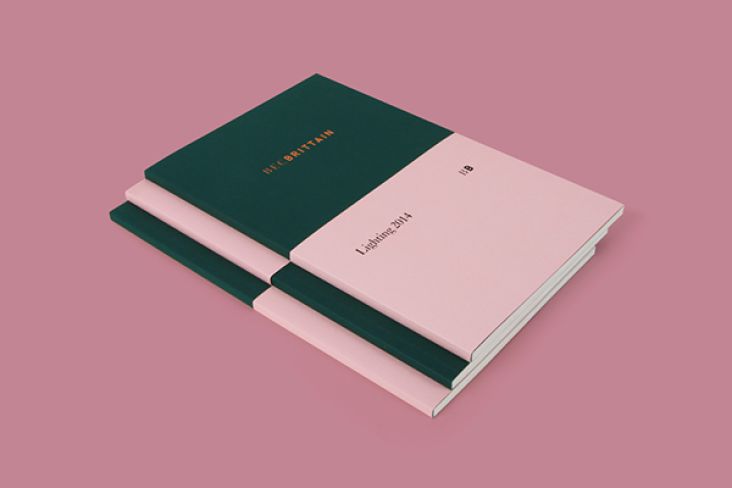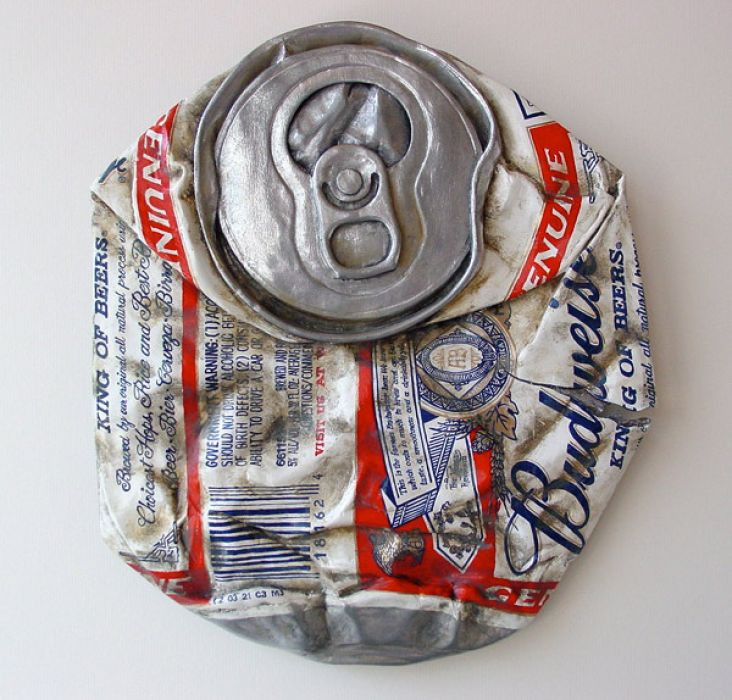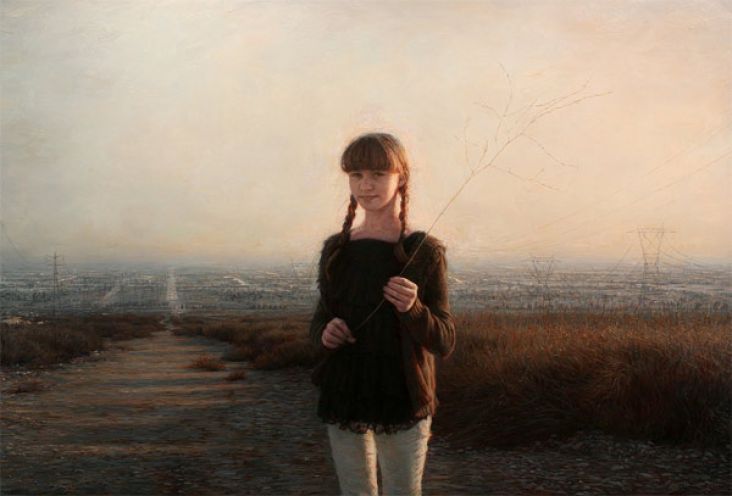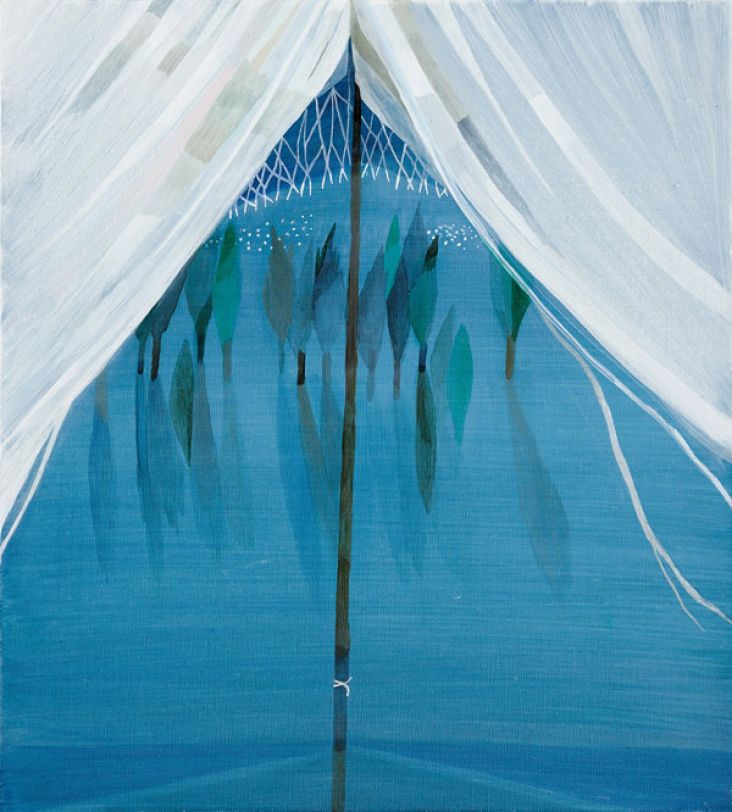Marc Giai-Miniet’s spectacularly chilling dollhouses inspired by concentration camps
French artist Marc Giai-Miniet packs hidden stories and scenarios into small and elaborate dioramas, a craft that he has been pursuing since the 1990s.
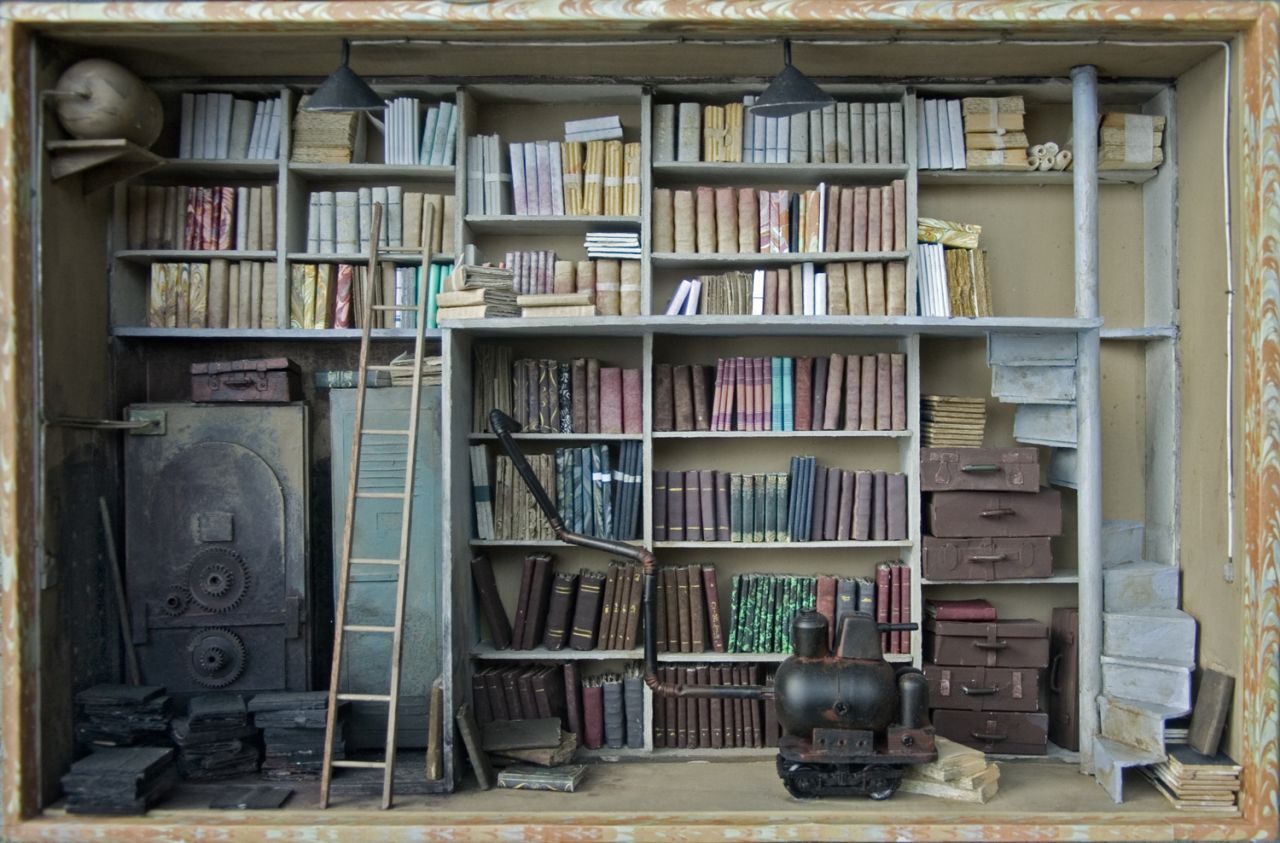
Via Creative Boom submission. All images courtesy of Marc Giai-Miniet and the Jonathan LeVine Gallery
This month his work is on display at New York’s Jonathan LeVine Gallery in an American debut solo exhibition called 'Theatre of Memory'.
The sculptures in Théâtre de la Mémoire are reminiscent of meticulously detailed dollhouses. The artist refers to his diorama-like structures as “boxes” and they function similar to a theatrical stage, with one side open to reveal a multi-level, uninhabited building. Each floor contains subjects such as libraries overflowing with books, warehouses with rusty mechanical equipment, laboratories with abandoned experiments and basements covered in soot.
Every room in Giai-Miniet’s boxes is dismally packed with hoards of books and machinery. Influenced by childhood visits to the garage his father worked on as a mechanic, the utilitarian organisation of objects has long been a theme of interest to the artist. This aesthetic was also greatly impacted by his exposure to images of the Holocaust at a young age, specifically how the Nazi regime systematically seized and catalogued the personal belongings of concentration camp victims.
Giai-Miniet views his boxes as a metaphor for the human condition, which is comprised of biological functions, as well as a desire to achieve intellectual and spiritual enlightenment. This duality is represented by the presence of machinery in the works, symbolising the physical side of human nature, while the literature suggests the logical side. The artist states, “From the whiteness of books to the darkness of sewers, there is a never-ending to and fro between the two main poles of humanity: bestiality and transcendence, human fragility and inaccessible divinity.”
